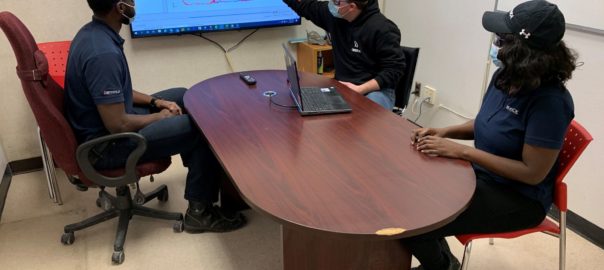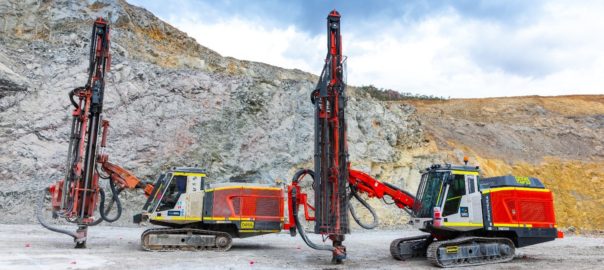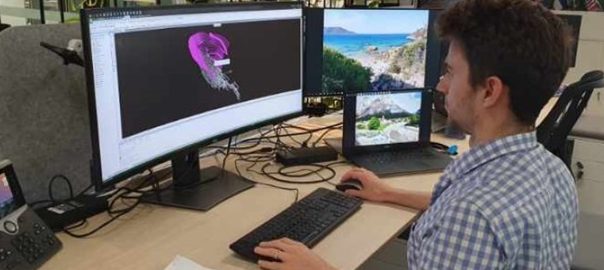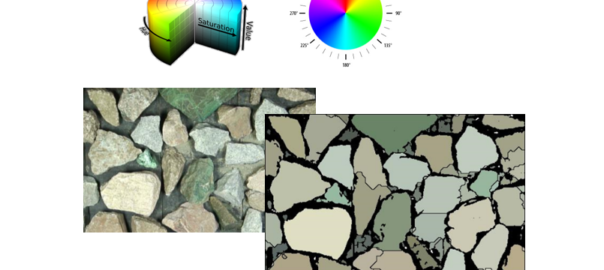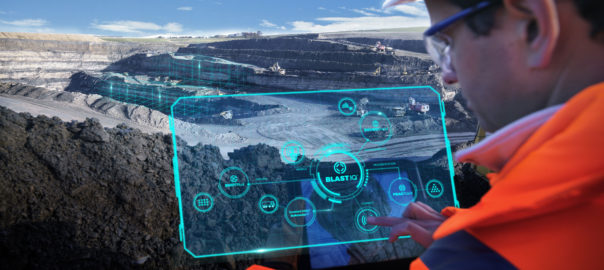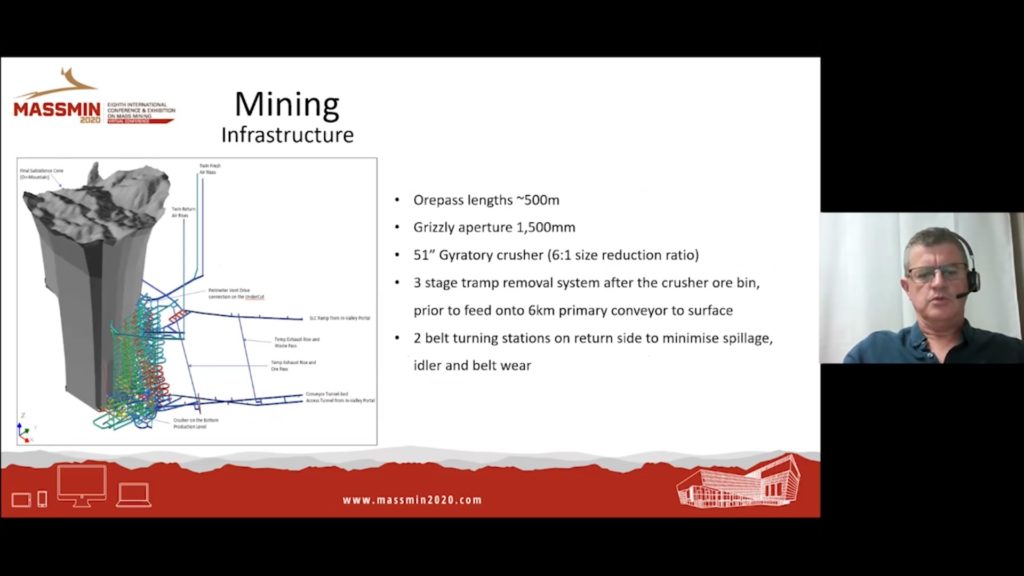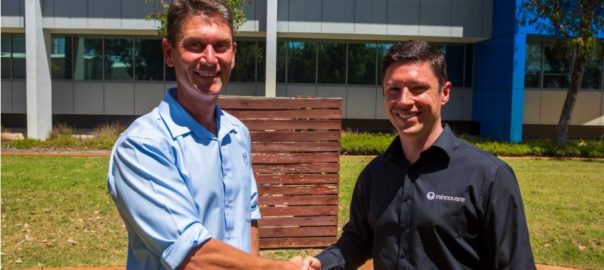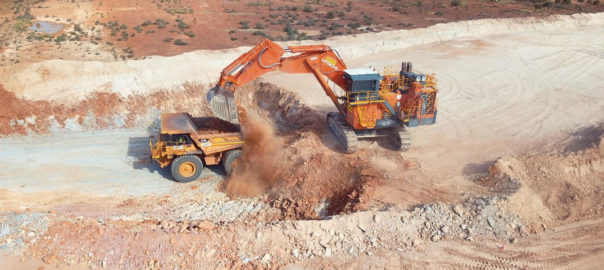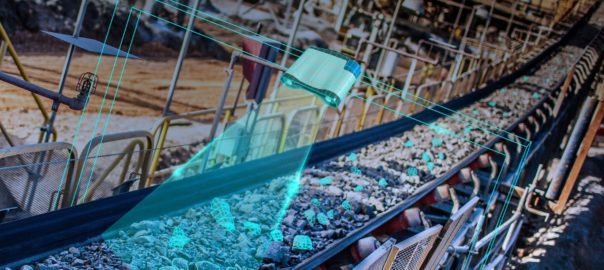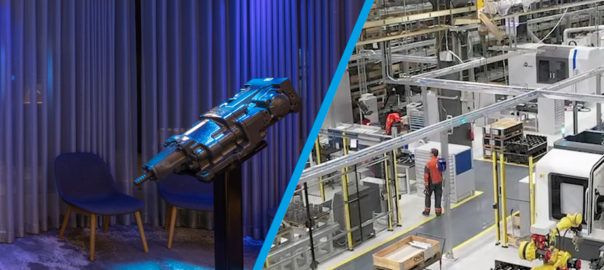Orica says testing of its WebGen™ 100 solution at Barrick Gold’s Hemlo mine in Ontario, Canada, has shown wireless blast initiation can improve the economics of its Alimak stoping.
In early 2019, Hemlo’s management team approached Orica and Manroc to explore opportunities for improvement via the application of wireless blast initiation. Through a series of workshops, Orica and Barrick Hemlo worked together to identify opportunities to use WebGen 100 wireless through the earth initiation technology in its Blind Alimak Mining application.
This Blind Alimak Retreat (BAR) concept was aimed at improving both safety and productivity, and included:
- Reduced exposure time related to Alimak entries;
- Improved ore recovery from 70% to over 90%;
- Increased recovery by maximising blast design, sequence, and available void;
- Increased mucking rates while decreasing cycle time; and
- Optimised crew logistics by using single pass loading.
To expand operations and aid in the longevity of mine life, both efficiency and recovery were top priorities for the Hemlo team, Orica said.
Alimak Mining is normally done either in small repetitive blasts cycles, from the bottom of the raise up to an upper sill, or, in the case of blind Alimaks, as a mass blast into the void that exists in the raise and undercut below.
Given that access is lost after the mass blast, the size of the blast (Alimak height) and recovery is often restricted by “free face” and available void. At Hemlo, the Blind Alimak blast performance was limited by underbreak in the top third of the Alimak (footwall break) due to the available void becoming choked off during blast progression. Using wireless blasting technology, the team was able to eliminate all void limitation, Orica said.
The solution was to develop a blast design with optimised burden and spacing as well as timing and blast sequencing, allowing well-defined portions of the Alimak stope to be taken at the appropriate time. Single-pass loading was used to achieve the safety and productivity benefits.
Breaking the Alimak stope into five pre-loaded portions (each increasing in size to capitalise on void created during the excavation process) allowed for flexible blast management throughout the mining process, Orica said.
“With the ability to merge and increase blast sizes based on in-field results, the operation had unprecedented control and was able to operate outside of the traditional constraints of mining cycles,” it added.
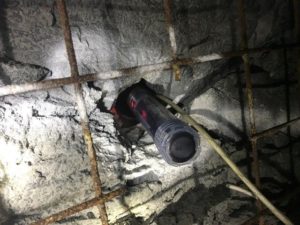
With three days of continuous loading, Hemlo was able to achieve a month-and-a-half worth of blasting while freeing up the Alimak crews to move on to the next stope, according to Orica. To maximise the blasting sequence, the first blast (wall slash and five rings) was blasted with Orica’s i-kon™ III Electronic Blasting System. The next three blasts (two merged) were fired with WebGen 100 units when ready, with performance verified with bucket counts and CMS.
The results of the project stope were extremely positive and proved that wireless blast initiation can improve the economics of the Alimak stoping, according to Orica. Key benefits included significantly reduced personal exposure (reduced by over 50%), increased stope recovery and cycle time. The success of the Alimak has also led to the introduction of wireless blasting into large blind up-hole patterns at Barrick Hemlo, solving similar issues to that of the Alimaks, Orica said.
The outcomes of this project delivered a 40% improvement in productivity through decreased cycle time, faster mucking rates, improved ore recovery from 70% to over 90%, and increased safety by eliminating countless re-entries and hookups, while stripping rail and logistically simplifying the operations process.
Recovery improvement and productivity gains delivered significant value and increased revenue for the customer, Orica added.
“The project has also shown the ability to increase the height of blind Alimak stopes without concern for available void, thereby eliminating the need of top sill development moving forward,” it said.
This successful trial has led to full-time technical collaboration with Barrick Hemlo mine since the end of 2019. Including this evaluation at Hemlo, Orica has successfully fired more than 50 wireless initiating system blasts loaded with over 2,700 WebGen 100 units.







